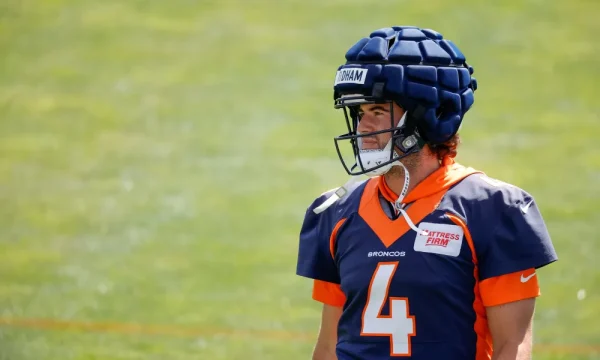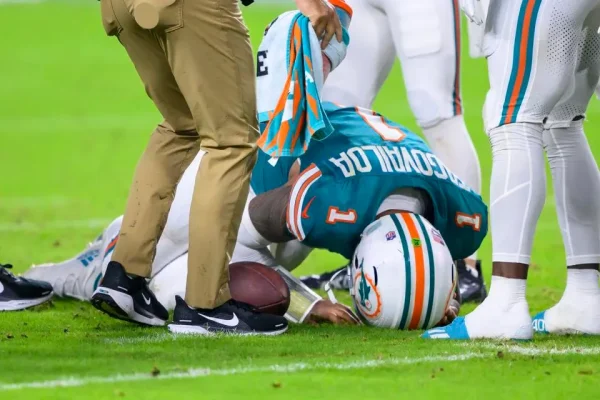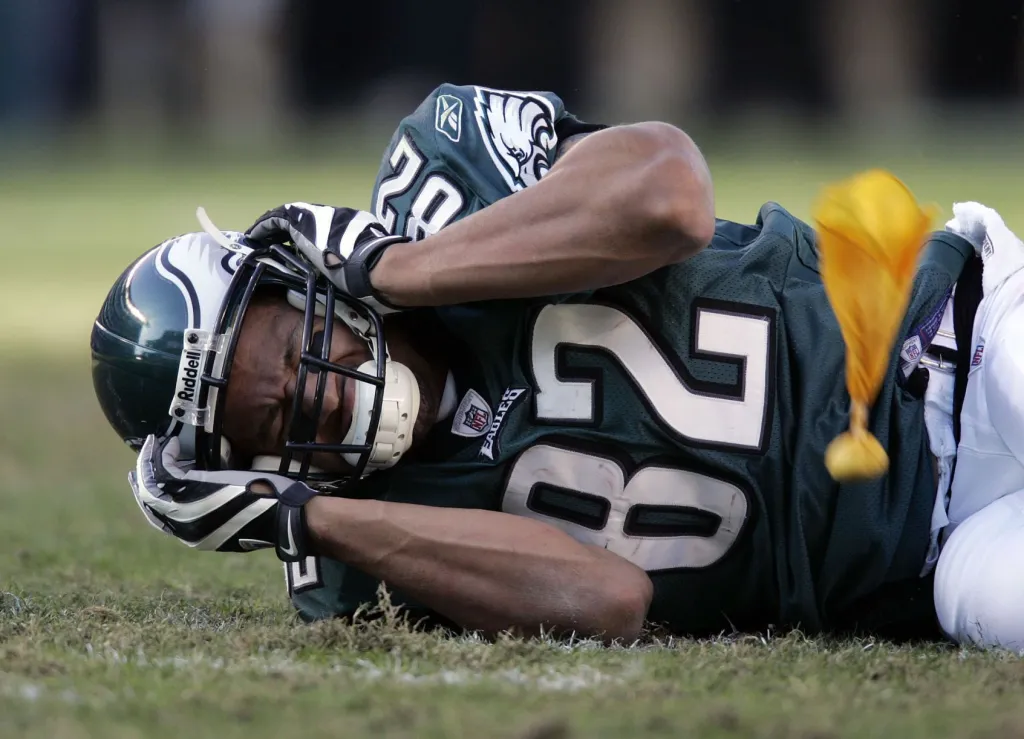Concussions always have been, and always will be, an unfortunate byproduct of contact sports, especially American football. Despite significant changes and improvements made to helmets and tackling rules across the past century, concussions remain a common problem throughout the NFL season. In 2023, across pre- and in-season games and practices, the NFL reported a total of 219 concussions, which was actually up from 213 the year before.
While concussions cannot be eliminated without eliminating the sport itself [Ed. Note—promises, promises], something has to be done.
The NFL’s current patchwork solution is Guardian Caps. These soft-shell foam caps are placed on top of players’ helmets in an effort to reduce the frequency and severity of head injuries. The NFL began allowing their use in 2020; by 2022, the league required all players to wear them during contact practices, except for quarterbacks, kickers and punters. Starting with the 2024 season currently underway, the NFL is also allowing players to wear Guardian Caps in games. After requiring their use during practices, the NFL reported a 52% decrease in concussions by players who wore the caps.

While league commissioner Roger Goodell won’t come out and actually say it, the NFL allowing in-game wearing of Guardian Caps is their subtle admission that current helmets are not as effective at preventing head injuries as they should be. Six new helmets approved for use this year, including three from Riddell, two from VICIS and one from Xenith, all show similar safety measurements compared to what a previous generation of helmets can do when combined with a Guardian Cap. So why not just require the use of those new helmets? The answer is simple: the NFL wants to make it look like the league really, really cares.
It makes sense: the NFL has faced increasing scrutiny over the past several years when it comes to player safety. In 2005, the NFL formed its very own Concussion Committee, which was designed from the ground up for the purpose of contradicting the findings of Dr. Bennet Omalu, the first doctor to establish the connection between football and chronic traumatic encephalopathy, or CTE, despite there being research into the connection between multiple head injuries and dementia-like symptoms since the 1920s.
Despite supposedly caring about more than 1,500 players on its rosters, the NFL contradicted Omalu’s findings and continued to deny that football can lead to CTE, despite multiple studies showing it does. (Last year, an article in Rolling Stone included evidence that CTE-like symptoms might occur even if a player hasn’t played after high school, or even had a recorded concussion.) Finally, in 2012, almost 4,500 former players and their families and representatives sued the NFL for financial compensation for the neurological and psychological problems the players had suffered as a result of injuries incurred during their careers. To date, the NFL has paid out $1.2 billion to over 1,600 former players, and the league has switched from denying the link between concussions and CTE to insisting they want to fix the problem, but it’s moments like this that make the Guardian Cap—and the league’s continued silence around concussions—all the more telling.

The NFL’s lack of genuine care for its players is more blatant than ever, and the CTE scandal is rapidly becoming the tip of an expanding iceberg of player health and safety concerns. Multiple studies have shown that artificial turf playing surfaces cause more injuries than natural grass. The NFL Players Association, as well as individual players, have taken to social media and called for the mandating of natural grass, yet the NFL isn’t budging. This is why permitting the Guardian Cap seems like a shallow cosmetic improvement.
Sure, they can reduce concussions, especially when used with older generations of helmets, but as Tua Tagovailoa’s third career concussion a few weeks ago proves, what the NFL needs—immediately—is a new kind of helmet purpose-built for player safety. Guardian Caps are a temporary solution at best, but the NFL is selling them as a permanent one, and the players will likely suffer even longer than they need to because of it. The whole question is the league’s latest cursory attempt at pretending to care about something other than profits, and something needs to be done to keep Goodell in check.
